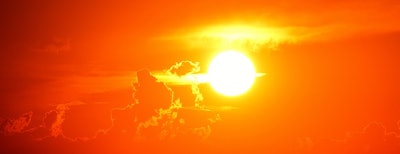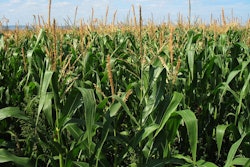
Argentina Favoring Soybeans Over Corn as Planting Season Approaches
- Corn planting season for Argentina begins in September.
- Producers reportedly are leaning towards cutting corn area in favor of soy.
- This primarily is tied to the production costs per acre being much higher for corn compared with soybeans but also is due to the volatile economic situation Argentina currently is in.
- Producers may be hesitant to sink a larger value into the ground given the economic uncertainty the country is facing.
- Soybean planting season starts several weeks after corn.
- Argentina is the world’s top soybean meal exporter and the third largest corn exporter.
- FBN’s Take On What It Means For The US Farmer: If Argentina cuts corn planted area in favor of soybeans, this could offer opportunity for a slightly larger U.S. corn export program. However, it also translates to more soybeans on the global market. The weak peso keeps Argentina’s exports attractive from a pricing standpoint and puts more dollars in the producers’ pockets.
Crop Progress, Condition Update
- Corn was 41 percent dented, which was well below the average at 63 percent. The crop was six percent mature. Condition was up slightly.
- Corn harvest was not reported at the national level but it is underway in several states (MS, AR, GA, LA, TX, KS).
- Soybean progress continues to run behind with 86 percent of the crop setting pods, behind the 96-percent average. MS reported it had started harvest.
- Soybean conditions were unchanged for the week.
- Spring wheat harvest continued to move at a slow pace with 55 percent collected. Late-season rains have interfered with harvest progress and have raised questions about quality and protein content.
- Cotton conditions improved and progress was running ahead of average.
- Texas had harvested 12 percent of its crop, primarily in the Coastal Bend/Southern areas. Dorian is not expected to cause significant damage to the cotton crop along the east coast.
- Winter wheat planting was not reported at the national level but Texas reported some fields had been planted.
- FBN’s Take On What It Means For The US Farmer: Corn and soybean development has been running at a below-average pace this crop year. Both crops would welcome heat to push maturity, but temperatures are forecast to remain below average for the coming days. FBN expects there could be pricing opportunities in the near term on smaller acreage for corn and lower yield potential than what USDA published in August.
The risk of trading futures, hedging, and speculating can be substantial. FBN BR LLC (NFA ID: 0508695)










